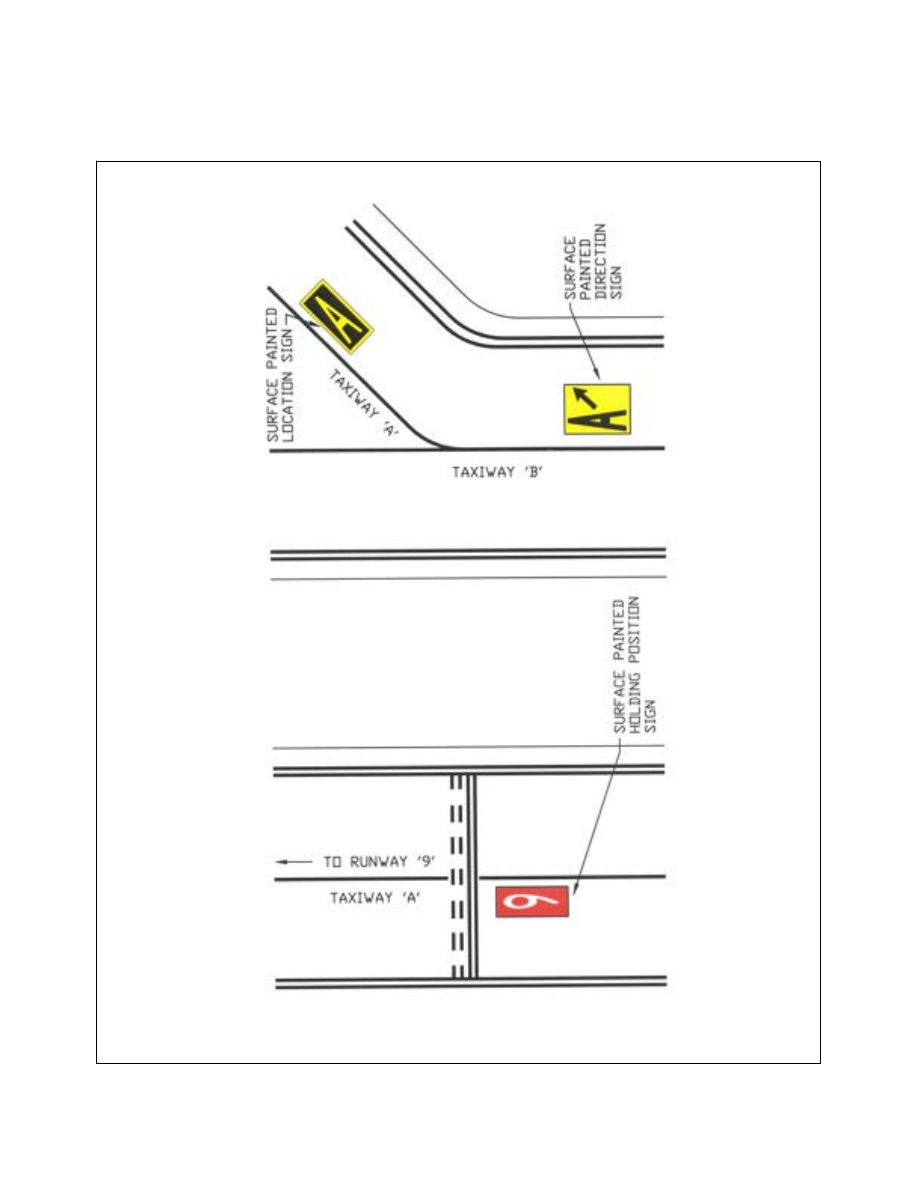
4/20/23
AIM
NOTE
−
1.
Additional information and associated requirements are available in Advisory Circular 90-108 titled “Use of Suitable
RNAV Systems on Conventional Routes and Procedures.”
2.
Good planning and knowledge of your RNAV system are critical for safe and successful operations.
3.
Pilots planning to use their RNAV system as a substitute means of navigation guidance in lieu of an out
−
of
−
service
NAVAID
may need to advise ATC of this intent and capability.
4.
The navigation database should be current for the duration of the flight. If the AIRAC cycle will change during flight,
operators and pilots should establish procedures to ensure the accuracy of navigation data, including suitability of
navigation facilities used to define the routes and procedures for flight. To facilitate validating database currency, the FAA
has developed procedures for publishing the amendment date that instrument approach procedures were last revised. The
amendment date follows the amendment number, e.g., Amdt 4 14Jan10. Currency of graphic departure procedures and
STARs may be ascertained by the numerical designation in the procedure title. If an amended chart is published for the
procedure, or the procedure amendment date shown on the chart is on or after the expiration date of the database, the
operator must not use the database to conduct the operation.
b. Types of RNAV Systems that Qualify as a Suitable RNAV System.
When installed in accordance with
appropriate airworthiness installation requirements and operated in accordance with applicable operational
guidance (for example, aircraft flight manual and Advisory Circular material), the following systems qualify as
a suitable RNAV system:
1.
An RNAV system with TSO
−
C129/
−
C145/
−
C146 equipment, installed in accordance with AC 20
−
138,
Airworthiness Approval of Global Positioning System (GPS) Navigation Equipment for Use as a VFR and IFR
Supplemental Navigation System, and authorized for instrument flight rules (IFR) en route and terminal
operations (including those systems previously qualified for “GPS in lieu of ADF or DME” operations), or
2.
An RNAV system with DME/DME/IRU inputs that is compliant with the equipment provisions of AC
90
−
100A, U.S. Terminal and En Route Area Navigation (RNAV) Operations, for RNAV routes. A table of
compliant equipment is available at the following website:
https://www.faa.gov/about/office_org/headquarters_offices/avs/offices/afx/afs/afs400/afs410/media/
NOTE
−
Approved RNAV systems using DME/DME/IRU, without GPS/WAAS position input, may only be used as a substitute means
of navigation when specifically authorized by a Notice to Air Missions (NOTAM) or other FAA guidance for a specific
procedure. The NOTAM or other FAA guidance authorizing the use of DME/DME/IRU systems will also identify any
required DME facilities based on an FAA assessment of the DME navigation infrastructure.
c. Uses of Suitable RNAV Systems.
Subject to the operating requirements, operators may use a suitable
RNAV system in the following ways.
1.
Determine aircraft position relative to, or distance from a VOR (see NOTE 6 below), TACAN, NDB,
compass locator, DME fix; or a named fix defined by a VOR radial, TACAN course, NDB bearing, or compass
locator bearing intersecting a VOR or localizer course.
2.
Navigate to or from a VOR, TACAN, NDB, or compass locator.
3.
Hold over a VOR, TACAN, NDB, compass locator, or DME fix.
4.
Fly an arc based upon DME.
NOTE
−
1.
The allowances described in this section apply even when a facility is identified as required on a procedure (for example,
“Note ADF required”).
2.
These operations do not include lateral navigation on localizer
−
based courses (including localizer back
−
course
guidance) without reference to raw localizer data.
3.
Unless otherwise specified, a suitable RNAV system cannot be used for navigation on procedures that are identified as
not authorized (“NA”) without exception by a NOTAM. For example, an operator may not use a RNAV system to navigate
Performance
−
Based Navigation (PBN) and Area Navigation (RNAV)
1
−
2
−
9